- Home
- Multimedia
- Photo Gallery
- PHOTOS: Philanthropy during a public health crisis has shaped the history of human society
PHOTOS: Philanthropy during a public health crisis has shaped the history of human society

Image by : (LEFT) CORBIS VIA GETTY IMAGES; TOPICAL PRESS AGENCY / GETTY IMAGES
HOOKWORM AND BAREFOOT YOUTH
A chronic anaemia widespread among the poor whites in parts of the American South convinced Charles Stiles, an obscure 25-year-old zoologist, that it was caused by hookworm disease, a tiny parasite that penetrated the skin, usually the tissue between the toes of the barefoot youth. Failing to get financing from the Congress to publicise his inexpensive cure, Stiles turned to philanthropist John D Rockefeller Sr (above, right). By October 1909, the Rockefeller Sanitary Commission had been established with Stiles as scientific secretary. Its budget was $1 million, to be spent over five years. By 1926, the hookworm disease had almost disappeared from the US. The commission became a model for future philanthropic involvement in public health issues, which includes funding medical research, dispensing vaccines, and spreading awareness about disease prevention and treatment worldwide.

Image by : UNDERWOOD ARCHIVES / GETTY IMAGES
FLU AND THE SISTERS
The influenza virus struck in 1918, first observed in Europe and the USA before swiftly spreading around the world. It would infect an estimated 500 million people worldwide—about one-third of the planet’s population—killing up to 100 million. Philadelphia became the American epicentre of the pandemic. When the Red Cross warned that there weren’t enough nurses, nuns responded to the call, leaving their cloistered convents. Dressed in white gowns and gauze masks and navigating the unfamiliar streetcar system of the city, the religious sisters signed on for 12-hour shifts, seeing it as a fundamental part of their call to nurse the sick, irrespective of creed and colour of the victims. As the sisters engaged the population outside convent walls, nursing and volunteering really came into their own, proving there was no greater philanthropy than the spirit of self-sacrifice.
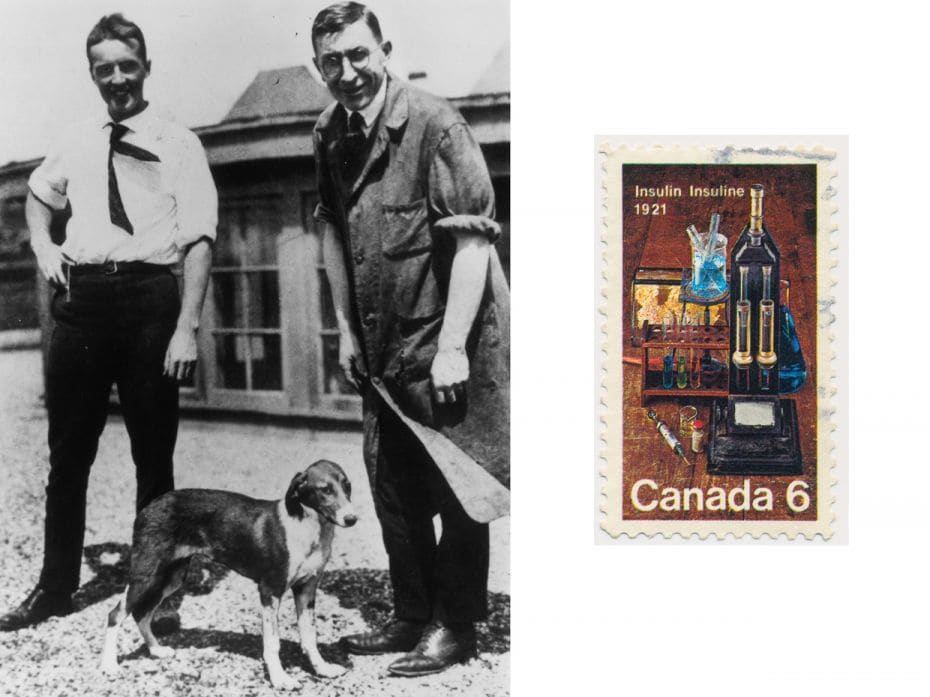
Image by : (LEFT) HULTON ARCHIVE / GETTY IMAGES; SHUTTERSTOCK
DIABETES AND A SYMBOLIC DOLLAR
Though diabetes is one of the first human diseases on record and had been known for over 3,000 years, its exact nature had been a mystery. Canadian physician Frederick Banting (right) had no experience in research but was intrigued by the idea of discovering the hormone that regulates the metabolism of sugar. Working with assistant Charles Best, Banting had his breakthrough in the summer of 1921 when they isolated insulin from canine test subjects, successfully administering the serum to a patient on January 23, 1922. Finding it unethical to profit from their discovery, Banting and Best sold the insulin rights for a symbolic dollar to the University of Toronto, a philanthropic act intended to ensure that insulin would be readily available to all who need it.
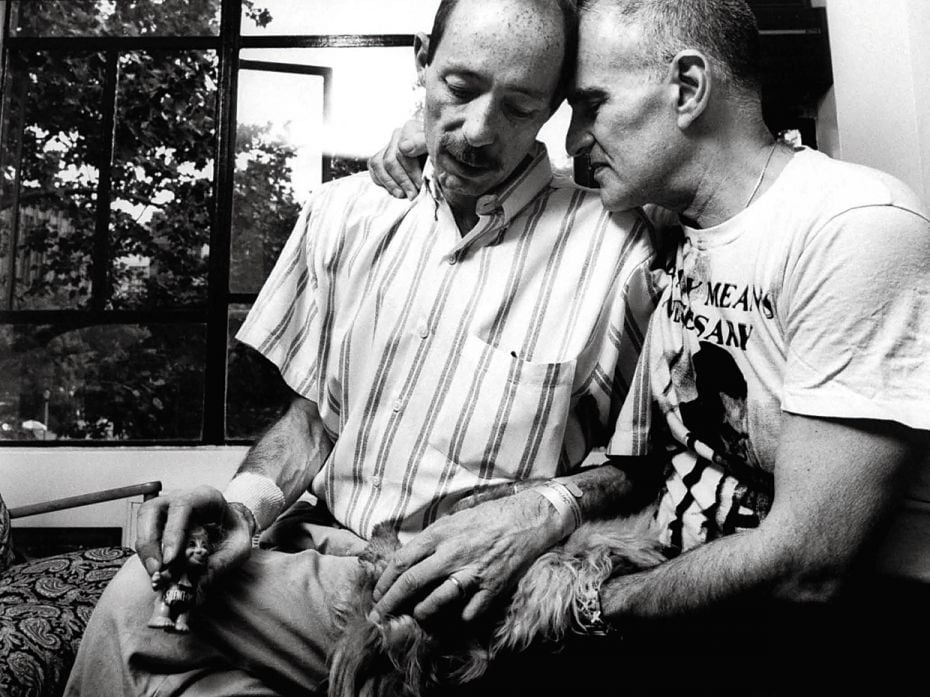
Image by : MICHAEL ABRAMSON / THE LIFE IMAGES COLLECTION VIA GETTY IMAGES / GETTY IMAGES
HIV AND AN UNTREATABLE COUGH
In the early 80s, reports began to surface of an untreatable pneumonia among previously healthy men in the gay community, foxing researchers. It would be years before HIV would be identified as the underlying cause. AZT was originally developed in the 1960s by a US researcher as a way to thwart cancer, but shelved. Burroughs Wellcome, already known for its antiviral drugs, sent samples of AZT among other compounds. Under enormous public pressure, the FDA’s review of AZT was fast-tracked and approved in 20 months. The majority of those in the AIDS-afflicted and medical communities held the drug up as the first breakthrough on AIDS though the drug only seemed to slow the progression of the disease. The drug was a profitable bestseller and marked The Wellcome Trust as one of the most influential forces in advancing medicine and health care as Sir Henry Wellcome had envisioned in his 1935 will.
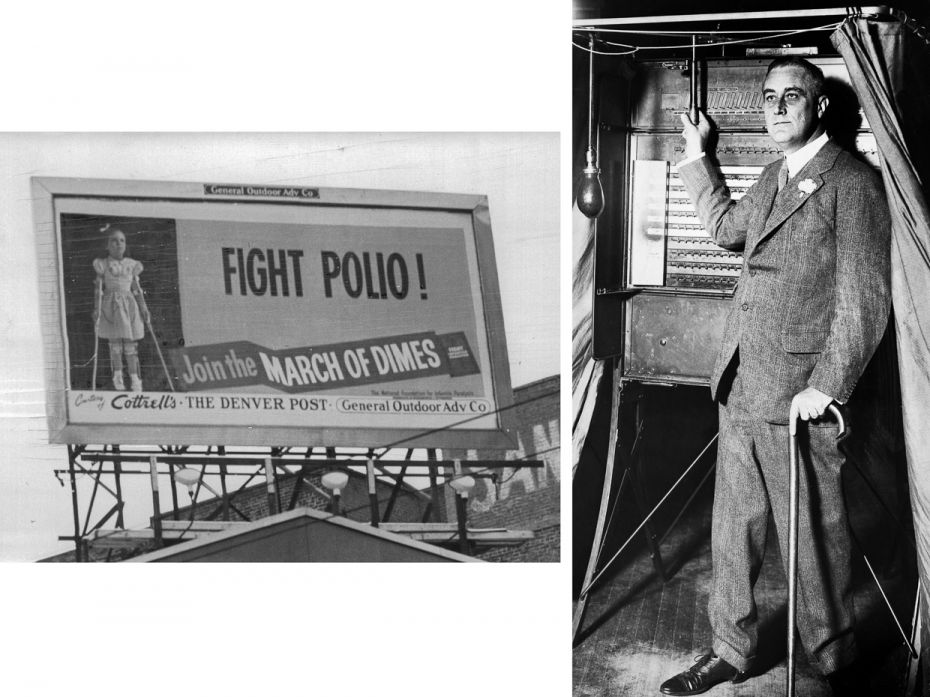
Image by : (LEFT) THE DENVER POST VIA GETTY IMAGES; GEORGE RINHART / CORBIS VIA GETTY IMAGES
POLIO AND LOOSE DIMES
US President Franklin D Roosevelt (right) was 39 when he contracted polio and was never able to walk again on his own. This led him to found the National Foundation for Infantile Paralysis in 1938 (later named March of Dimes), a philanthropic initiative to uncover the mysteries of polio. It raised money—literally urging Americans to send loose dimes—to sponsor clinical trials for Jonas Salk’s polio vaccine. Tested in a massive field trial in 1954 that involved 1.8 million schoolchildren known as “polio pioneers”, the Salk vaccine was licenced for use on April 12, 1955. By the 1960s, polio cases in America dropped from 45,000 to fewer than 1,000. March of Dimes has since adopted a global mission to combat a wide range of birth defects, and help mothers and premature babies.
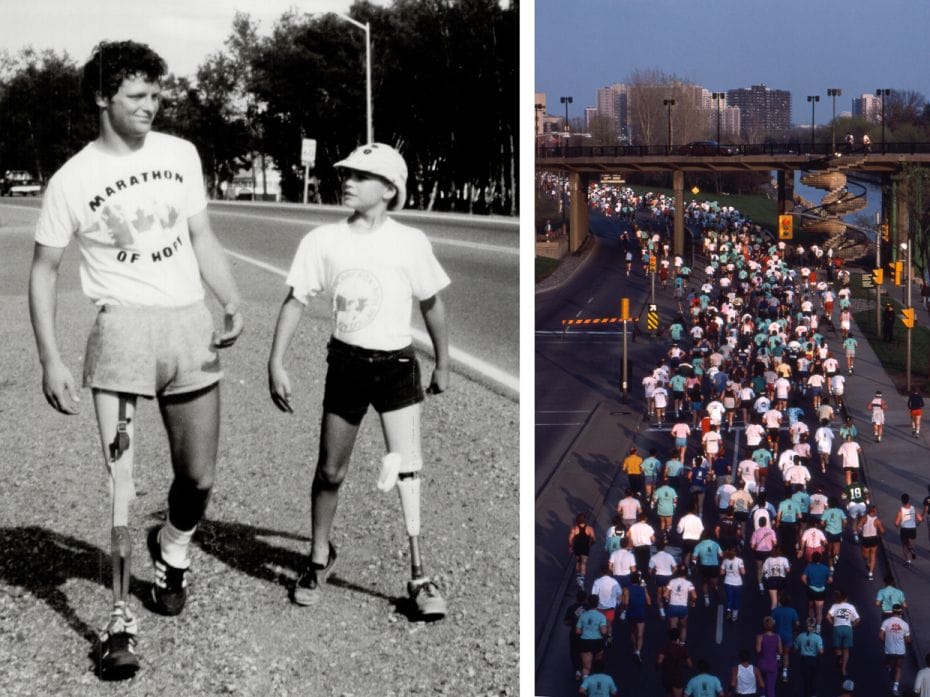
Image by : (LEFT) BORIS SPREMO / TORONTO STAR VIA GETTY IMAGES; SHUTTERSTOCK
CANCER AND A LONG RUN
Athlete Terry Fox (left) had a vision: A world without cancer. After a bone cancer diagnosis required the amputation of his right leg, 21-year-old Fox embarked on a cross-country run in Canada on April 12, 1980, to raise money for cancer research, which he called the Marathon of Hope. Though he abandoned his run after 143 days when the cancer spread to his lungs, he raised over $24 million before his death in 1981. Marathons, 5K races, and charity walks have become popular fundraising events around the world, and Canadians continue to honour Fox’s legacy with an annual run in his name, now the world's largest one-day fundraiser for cancer research. Considered a national hero, Fox has had many buildings, statues, roads, and parks named in his honour across the country.

Image by : NEIL LEIFER / SPORTS ILLUSTRATED VIA GETTY IMAGES / GETTY IMAGES
FAMINE AND A CONCERT TICKET
When the heartbreaking images of famine victims in Ethiopia were brought to the attention of the West by a BBC television report in 1984, the images of starving children moved the lead singer of the Boomtown Rats, Bob Geldof (second from left), and Ultravox's Midge Ure to write the charity single “Do They Know It’s Christmas?” and assemble an all-star group to record it that November. After accompanying the first shipment of aid to Ethiopia funded by the sale of the song in the spring of 1985, Geldof returned home to London, determined to do more; it led to the birth of the Live Aid all-star benefit concert. Paul McCartney, David Bowie, and Madonna played beneath a “Feed the World” banner on stages in London and Philadelphia, attended by almost 175,000 people at both venues, and raised an initial $80 million, transforming the purchase of records and concert tickets into meaningful charitable contributions, and prompting viewers worldwide to contribute. The concert gave rise to the trend of high-profile, celebrity-endorsed charitable efforts, and changed the nature of fundraising in the process.
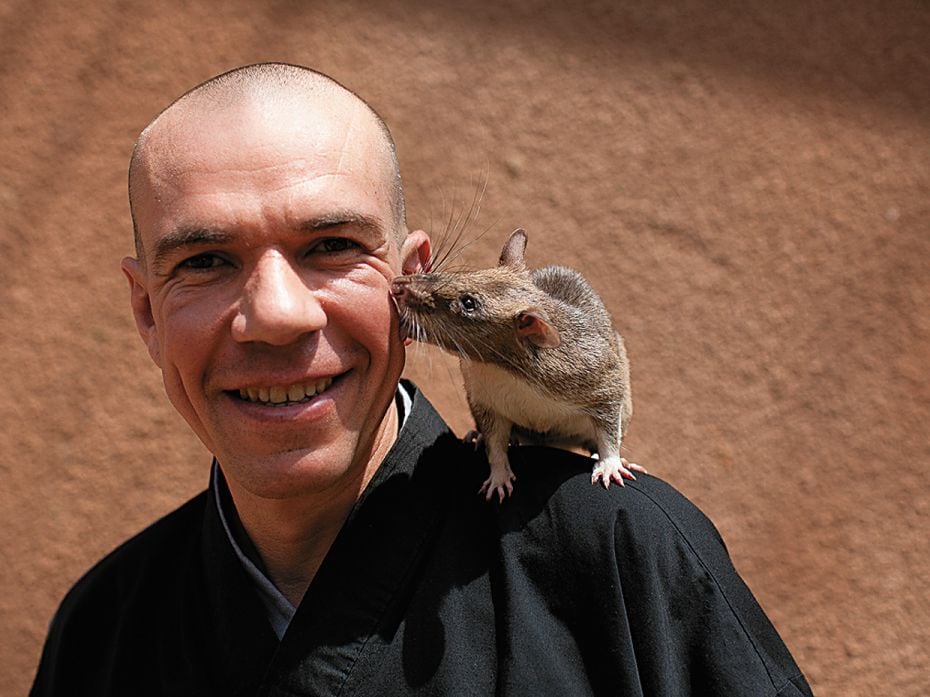
Image by : YASUYOSHI CHIBA / AFP VIA GETTY IMAGES
TUBERCULOSIS AND A GIANT RAT
Bart Weetjens, a Belgian product designer, had kept rodents as a child, and known their acute sense of smell, intelligence and ability to learn. His NGO Apopo has been screening samples from clinics in Tanzania and Mozambique since 2013, harnessing the unique ability of African giant pouched rats to sniff out the TB bacteria in sputum samples, which often escape detection by the microscope lens. According to the NGO, one trained rat can evaluate 40 samples in 7 minutes, which a laboratory technician can process in a day. The WHO estimates that 1.8 billion people—close to one quarter of the world's population—are infected with the bacteria that causes TB. In 2019, an estimated 10 million people fell ill with TB worldwide and health systems missed one-third of them. Undiagnosed patients can infect others with the airborne disease, which can be deadly if untreated.
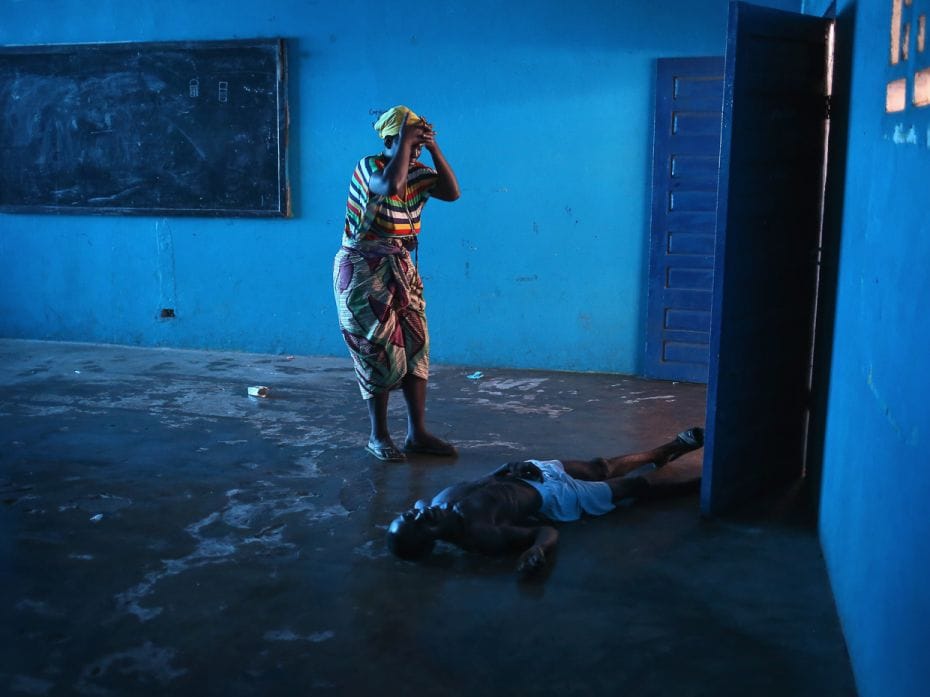
Image by : JOHN MOORE / GETTY IMAGES
EBOLA AND A PHONE CONNECTION
When the Ebola virus exploded across West Africa in 2014, people around the world made relief donations using their mobile phones, establishing crowdfunding’s might to rally the world for a cause. Started by former wireless industry executives, the Mobile Giving Foundation (MGF) brought the technology and reach of mobile phones to registered charities as an innovative fundraising tool. MGF liaises between nonprofits, ASPs (Application Service Providers) and mobile carriers to allow non-profits to raise money. Making room for those who might only be able to make a small contribution, mobile donations have become a popular way to give and demonstrates the power of technology to enable philanthropy on a global scale.
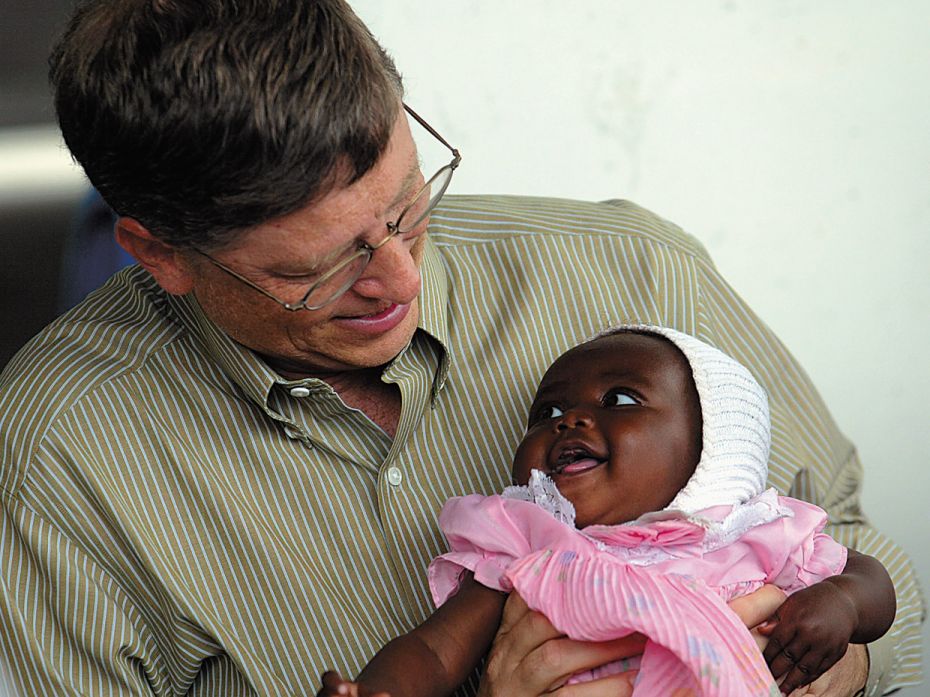
Image by : JUDA NGWENYA / REUTERS
MALARIA AND A MODIFIED MOSQUITO
Philanthropists Bill and Melinda Gates have committed more than $2.9 billion in grants to combat malaria, their top priority. Their foundation recently partnered with Oxitec, a biotech company that develops genetically-modified male mosquitoes that kill off future generations of malaria-transmitting bugs. With the advent of Covid-19, Gates recently cautioned against the disruption of essential malaria prevention and treatment services in many parts of Africa. The pandemic has made it difficult for health workers to deliver supplies of essential malaria tools—like bed nets, anti-malaria medicines, and rapid diagnostic tests—that have been instrumental in cutting malaria deaths by more than half since 2000. In Benin, a country in West Africa, with one of the highest burdens of malaria in the world, the Foundation found innovative ways to distribute bed nets across the country, using smartphones, real time data collection, and satellite mapping.





